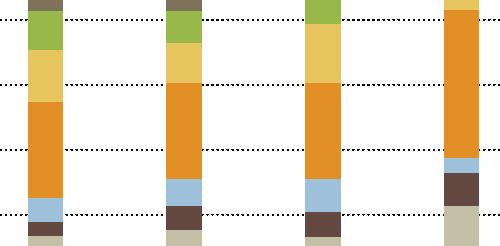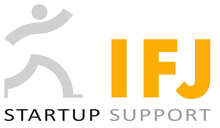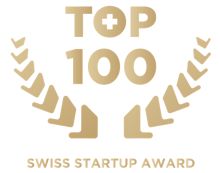
In their latest edition of the Go4Venture Monthly European TMT Bulletin the authors report that 2012 finished on a high, with total investment up 26% compared to 2011, both in value and by number of transactions. December, typically a quieter month, was well ahead of December 2011 by something like 50%. This suggests an acceleration of the pace of investment in European technology venture as noted since August 2012. By contrast, the M&A market continued to slide down.
This increasing investment in technology reflects tectonic shifts in European venture. Not only can venture financing and venture capital (VC) fund activity not be seen as one and the same any longer but we are also facing a fundamental re-evaluation of what venture investing means.
Traditionally, and in the layman’s view of the word, venture is defined as high risk/high reward, early-stage investment. The model comes from Silicon Valley where the maturity of the eco-system makes early-stage a reasonably predictable activity. In Europe however, this part of the market is now left to business angels, government-subsidised funds, and a handful of the larger VCs which can afford to subsidise this largely money-losing activity to feed their larger later-stage funds. VCs have largely deserted early-stage and are now focusing their attention on expansion capital.
The move to growth equity has been accentuated by the poor IPO and M&A exit market which has resulted in a large pool of VC-backed companies seeking further investment. As a result approximately half of the “venture” activity (as tracked for instance by the Go4Venture Headline Transactions Index) is essentially late-stage companies, either profitable or not far from break-even. In short the venture market now firmly incorporates what, for the lack of a better word, could be described as “mini private equity”. The term is actually quite apt, as private equity (PE) firms, in the absence of debt leverage, are themselves moving to growth equity where growth rather than financial engineering is the actual driver of value creation.
December is fully representative of this trend with 5 late-stage and 5 Series B transactions – no real Series A in the early-stage sense of the term. Even for the Series B companies, two of them have been around since 1993 (BRAIN) and 1990 (Objectway) respectively. The other 3 are internet companies able to demonstrate strong growth despite operating in an ex-growth macro environment.
In short the venture market has been turned on its head - or perhaps the model is returning to its pre-internet bubble roots. To make it simple, except for outstanding internet plays which have their own out-of-the-ordinary economics, it takes a much longer time to get VCs involved. From now on the first steps of any company will have to be bootstrapped, funded by family, friends and fools (the FF&F of good old times) or simply by the founders themselves. And even internet companies (despite – or perhaps because – of their low initial investment, high velocity and potentially huge rewards) need to produce real metrics before VCs are prepared to commit.
At the other end, VCs find that they themselves may need to wait much longer before being able to exit. Increasingly liquidity and exit have become two distinct events. One could say that for the VC model to survive, the whole food chain needs to be reorganised, with VCs agreeing to take out business angels (and sometimes employees), and PE and other later stage investors buying out smaller VCs. As usual, the US is showing the way, with for instance Evernote’s investor merry-go-round in its December 2012 $85mn financing (75% secondary) or Twitter’s latest round at $9bn valuation (50% secondary). In the new venture model, VC-backed companies will need to go through various recapitalisations before getting to a substantial exit outcome. In such a market, larger VCs who can speed up execution through increased investment, and/or have sufficient dry powder to surf over several rounds will be the winners. Successful VCs will have to become more like Sequoia Capital which raised $2.5bn in 2012 alone over 5 funds covering early-stage in US, China and Israel as well as growth capital in the US and globally.
The corollary is that we can expect considerable suffering at the early-stage end of the market. The wave of capital light internet plays has created a vast pool of seeded companies which will find it difficult to get to Series A. Some speak of the upcoming Series A crunch. Even VCs with decent Series A plays are getting increasingly concerned about the refinancing risk and lament the lack of syndication partners as they are now increasingly reliant on their companies being refinanced (or not) by fewer, larger VCs cherry picking at will and increasingly dealing among themselves. Good times ahead for Tier 1 funds and established advisers such as Go4Venture.
The Go4Venture Monthly European TMT Bulletin can be downloaded on the Go4Venture website.























































Please login or sign up to comment.
Commenting guidelines